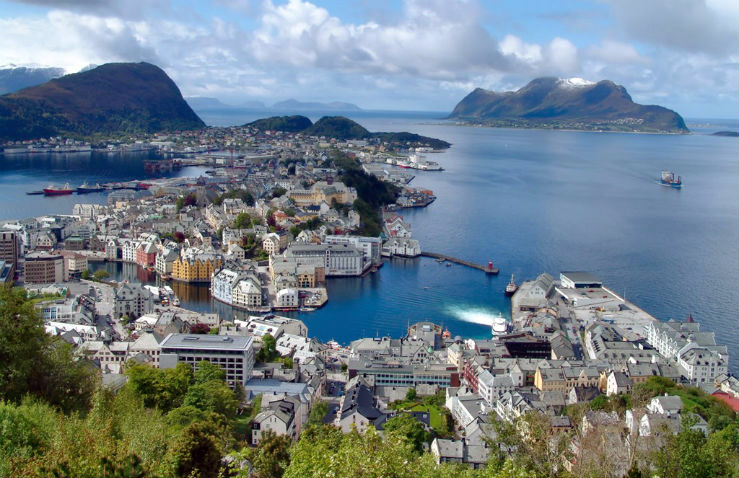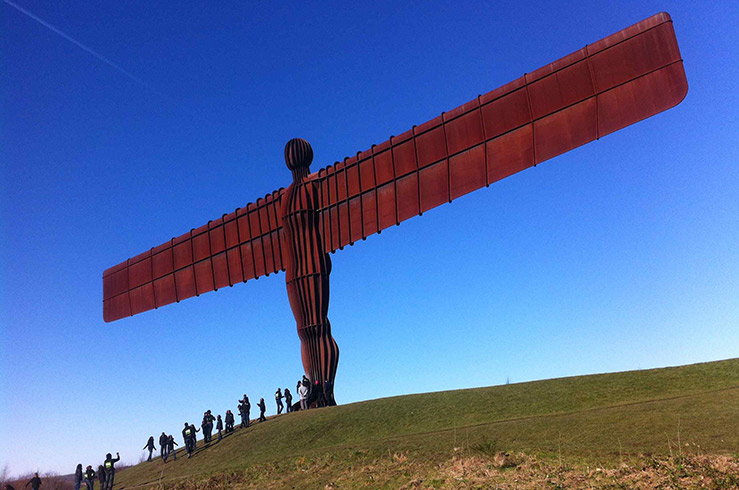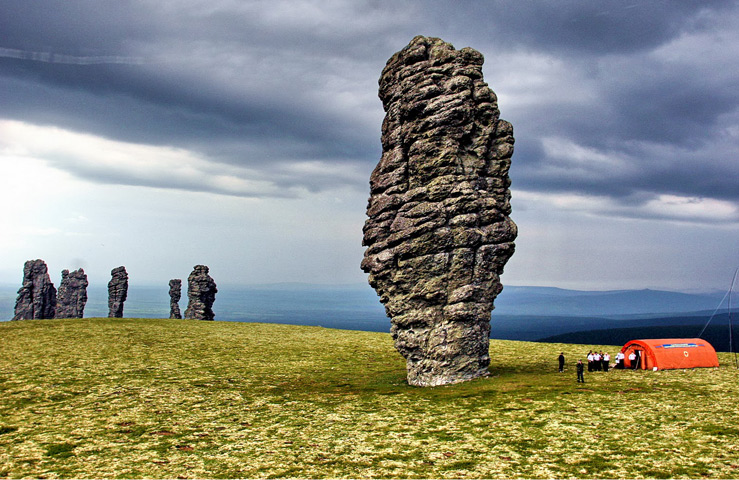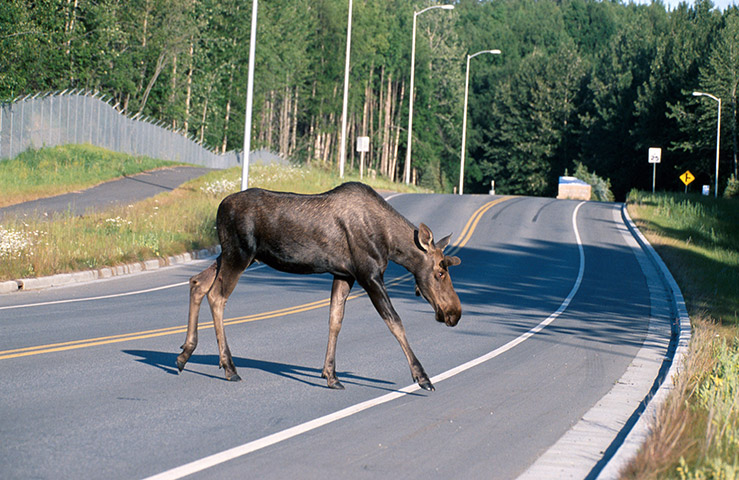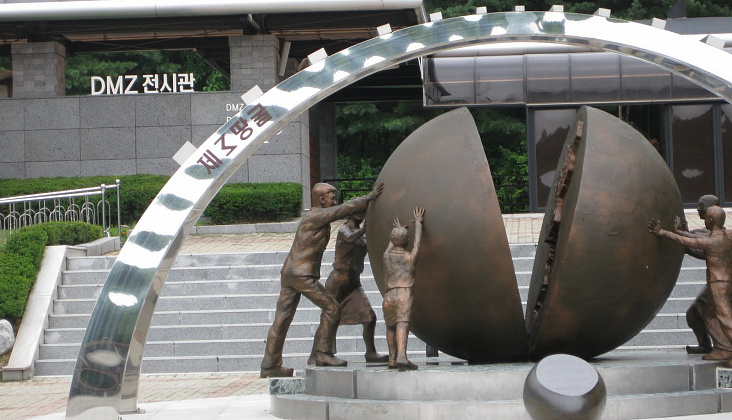Rambla Boulevard, Barcelona
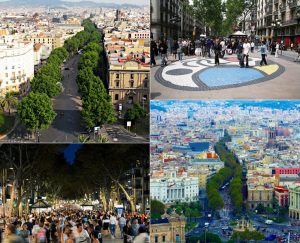 Perhaps there is no better way to truly feel the spirit of Barcelona than just leisurely strolling along its streets and boulevards. One of the most visited streets of Barca by tourists will be discussed in this article.
Perhaps there is no better way to truly feel the spirit of Barcelona than just leisurely strolling along its streets and boulevards. One of the most visited streets of Barca by tourists will be discussed in this article.
Rambla Boulevard, Barcelona
The Rambla (La Rambla or Rambles) is a famous pedestrian street in the very center of the city, stretching for 1200 meters from Plaça Catalunya to the Columbus monument on the promenade. As a rule, a visit to this Spanish analogue of the Moscow Old Arbat is included in most sightseeing tours of Barcelona.
By the way, Rambla is not one street at all, but as many as five separate unique and in its own way interesting boulevards, turning into one another: Canaletes, Estudis, Flors, Rambla Kapucinov and Rambla St. Monica Sometimes it also includes the sixth street, the so-called Sea Rambla.
Scheme map of the Rambla Boulevard, Barcelona
Rambla Canaletes (Rambla de Canaletes) – the first boulevard with which the Rambla begins. Located next to the Plaça de Catalunya. It is named after the popular cast-iron drinking fountain of the 19th century. It is believed that those who drink water from it will forever fall in love with this city and return here again.
Rambla Canaletes
Rambla Estudis (Rambla dels Estudis) or the Rambla Teachings – the second boulevard, originating from Santa Anna street, and named after the former University of l’Estudi General, which was closed during the reign of King Philip V.
Royal Academy of Sciences and Arts
The main architectural attractions here are the Royal Academy of Sciences and Arts (Reial Acadèmia de Ciències i Arts de Barcelona), on the ground floor of which is the Polyorama Theater, the Baroque Church of Our Lady of Bethlehem (XVII century), and the Palais Moja (Palau Moja), built in 1774, which houses the Department of Culture of Catalonia. In addition, birds and small decorative animals are sold everywhere.
Baroque Church of Our Lady of Bethlehem
The Rambla de les Flors or the Rambla of Flowers is the third boulevard, originating from Portaferrissa street, and got its name because of the abundance of flower shops and shops. Previously known as Rambla St. Joseph (Rambla de Sant Josep).
Rambla de les Flors or Rambla of Flowers
The main local attractions are the Palace of the Vice Queen (Palau de la Virreina), the construction of which began in 1775 for the Viceroy of Peru, as well as the huge Boqueria market (Mercat de la Boqueria), operating since 1840.
Palace of the Vice Queen (Palau de la Virreina)
Boqueria Market
The Rambla de les Flors ends with a small area of Pla de l’Os, on which a mosaic of the famous Catalan artist Joan Miro is laid out.
Pla de l’Os
Rambla Kapucinov (Rambla dels Caputxins) – the fourth boulevard, originating from the metro Liceo and the house of Bruno Quadras (Casa Bruno Quadras). Here you can see the opera house Gran Teatre del Liceu, burned to the ground in 1994, as well as a monument to the famous Catalan playwright and poet Frederic Soler and the oldest city theater, Principe, founded in the 16th century.
Opera House Gran Teatre del Liceu in Barcelona
From the Rambla dels Caputxins you can get to the Royal Square (Plaza Real, Plaça Reial). Its decoration is the beautiful fountain “Three Graces”. It is here that the famous lanterns with six horns are installed, which are considered the first successful commercial project of the still young Antonio Gaudi.
Plaza Real, Plaça Reial
Rambla St. Monica (Rambla de Santa Mònica) is the fifth boulevard originating from Carrer dels Escudellers and ends at the seaside in Portal de la Pau, which means “Gateway to the World”. In the center of this square stands the 80-meter Columbus Monument. The main feature of this section of the Rambla is the sidewalk, which gives the impression of a wavy due to its drawing.
Rambla St. Monica (Rambla de Santa Mònica)
One of the most interesting architectural sights of St. Monica is the renaissance building of the Center for the Arts of St. Monica (Center d’Art Santa Mònica) is a former 17th-century Augustinian monastery building.
As we wrote above, sometimes Rambla is also referred to the sixth street, the so-called Rambla del Mar, which is a pedestrian bridge built for the 1992 Olympic Games and leading to the Maremagnum shopping center, located directly in the waters of the port of Barcelona .
Sea Rambla (Rambla del Mar)
Well, what else to say at the end of this article. We believe that visiting the Rambla Boulevard is the direct responsibility of every self-respecting tourist who has arrived in Barca for the first time. If it’s difficult to navigate, don’t know Spanish and English or there are some other difficulties with an independent tour of the city, you can always book an individual tour of Barcelona.
